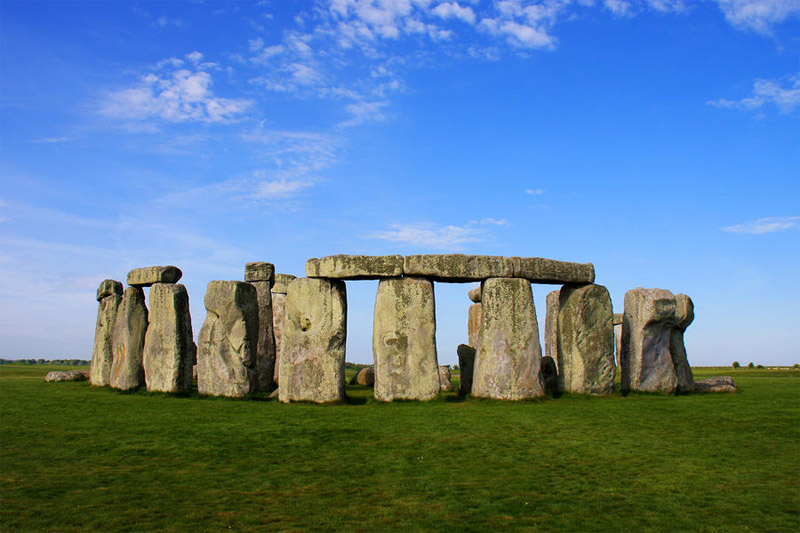In a world หิน เดิน ได้ brimming with technological advancements and fast-paced living, there exists a timeless and mystical connection between humans and the Earth’s natural treasures. Among these, stones have stood the test of time as fascinating objects of wonder, revered not only for their aesthetic appeal but also for their purported metaphysical properties. Within the realm of paragraphs, where words weave intricate narratives, lies a unique analogy to the multifaceted nature of stones.
In both literary and geological contexts, the paragraph serves as a foundational unit. It constructs the very essence of a written piece, much like how geological formations are the building blocks of the Earth’s landscape. Just as stones are carefully selected to create the perfect structure, words are chosen with precision to craft paragraphs that evoke emotions, thoughts, and connections.
Stones come in a myriad of types, each possessing distinct characteristics and purported powers. Similarly, paragraphs take on different forms and serve various purposes. Some paragraphs are expository, imparting knowledge much like the stability of granite. Others, akin to the fluidity of river stones, meander through narratives, engaging readers in immersive experiences. Poetic paragraphs glisten like gemstones, reflecting the play of light and emotion, while concise ones, like precious diamonds, captivate with their clarity and brilliance.
For centuries, cultures worldwide have attributed metaphysical properties to stones, believing they harness energy and influence well-being. Paragraphs, too, possess an intangible energy – the power to shape opinions, alter perspectives, and transport readers to distant realms. A well-crafted paragraph can ignite inspiration, heal wounds, or kindle the fires of revolution. The arrangement of words is reminiscent of the careful arrangement of stones in a labyrinth, guiding readers through a transformative journey.
